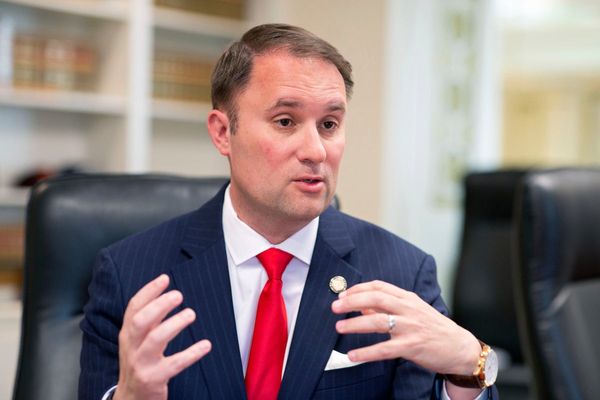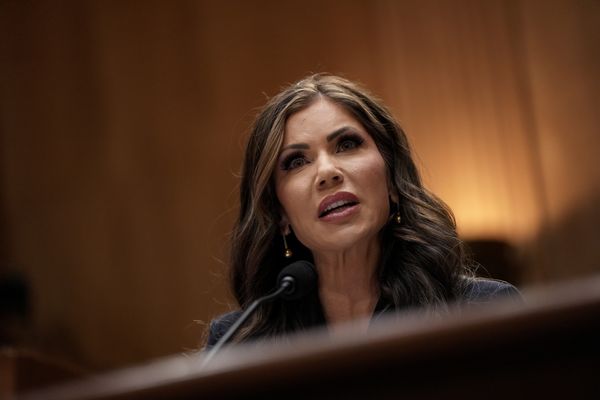
What were the central government’s priority sectors in which it overshot its spending targets? Where did it cut back expenditure?
The latest data from the Controller General of Accounts provides some clues about the spending priorities of the central government in 2017-18. The key question is: did it put its money where its mouth is?
First, the government has been able to keep its fiscal deficit at 3.5% of gross domestic product. That’s lower than its budgeted target of 3.2%, but equals the revised estimates presented in the Union budget.

How did it achieve this feat? Its total receipts for the full year 2017-18 came in at 95.6% of the revised estimates. The government therefore had no alternative but to reduce its expenditure, to keep the fiscal deficit within control. Both revenue as well as capital expenditure had to be pruned.
But there’s a big difference. Revenue expenditure, although lower than the revised estimates presented during the latest budget, is still higher by around 11% from the previous year. Capital expenditure, on the other hand, is lower than what it was in 2016-17. In short, the quality of the fiscal deficit deteriorated sharply last fiscal year.
Nevertheless, that the government did make heroic efforts to reduce revenue expenditure is seen from the food subsidy figures, which was not only 28% lower than in the revised estimates, but was also 10% lower than the food subsidy for the previous year.
Which were the ministries/departments in which expenditure turned out to be higher than the revised estimates in 2017-18? At the end of the year, 97% of the expenditure envisaged in the revised estimates had been spent. The rural development ministry saw expenditure of 100% of the revised estimates and spending was also a bit higher than the budgeted estimates. Rural development is clearly high on the government’s agenda. Unfortunately, however, the same priority hasn’t been given to agriculture and spending on agriculture has been 91% of the budgeted amount.
The ministry of housing and urban poverty alleviation overspent its budget substantially, but then the total expenditure by this ministry is small. The human resource development ministry also did better than its target.
What about the government’s flagship schemes, the ones that have received the maximum publicity? The much-tom-tommed skill development ministry spent less than three quarters of its budget. The ministry of water resources, river development and Ganga rejuvenation was able to spend a bit more than three quarters of its budget. The ministry of renewable energy spent about two-thirds of its budgeted estimates.
The ministry of road transport and highways ended the year spending 94% of its budget and 100% of its revised estimates. The railways ministry spent more than its revised estimates but only 82% of its annual budget.
The accompanying chart gives an idea about which major sectors had to cut their spending and which ones escaped the axe. It compares the budgeted numbers, the revised estimates and the latest provisional figures given by the Controller General of Accounts.
The numbers show that, except a few ministries, most of them had to curtail their budgets, many of them substantially.
Some of the spending cuts are clearly unsustainable, such as the sharp fall in the food subsidy. In April 2018 alone, 28% of the budgeted amount for the entire year in the department of food and public distribution has been spent, suggesting that much of the expenditure was postponed to the new fiscal year.
With higher procurement prices, higher oil prices and higher interest rates, the deficit target is likely to be breached, particularly as the government will be under pressure to spend more before the elections. That will put further stress on the current account deficit.
Manas Chakravarty looks at trends and issues in the financial markets. Respond to this column at manas.c@livemint.com







